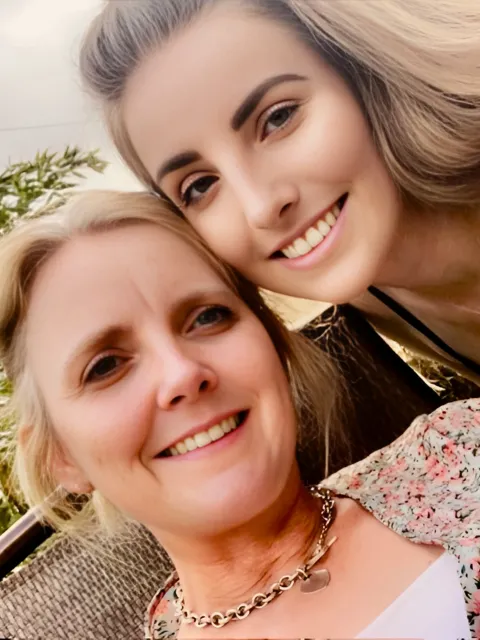Privileging community voices to close the gap on lung cancer

Lung cancer is the leading cause of cancer deaths in New Zealand. Importantly, it also affects Māori (the Indigenous people of New Zealand) and non-Māori people inequitably. In fact, it is the main contributor to the greater than 7-year life expectancy gap between Māori and non-Māori.
Numerous factors drive this glaring disparity. Colonisation's intergenerational impact, including the introduction and targeted marketing of tobacco to Māori, is a significant driver. Systemic racism also perpetuates this gap, alongside the inadequacy of an outdated healthcare system far removed from the current needs of whānau Māori (Māori families), a breach of our constitutional document Te Tiriti o Waitangi.
This is why a lung cancer screening service had to be co-designed with Māori communities if it was to be fit-for-purpose. Last year, I had the privilege of supporting Te Kohāo Health, a grassroots Māori healthcare organisation, to do just this.
Responding to community demands for a lung health service, our team organised a lung hauora (health) day to gather insights directly from those most at risk. In the process, we engaged 153 individuals in a comprehensive lung health assessment, incorporating risk scoring, spirometry, low-dose chest CT scans, and clinical consultations.
So what is co-design?
‘Co-design’ means incorporating the experiences, preferences, and goals of communities impacted by cancer into developing services. It is different from consultation or stakeholder engagement in that power is shared with communities, and the voices of those affected are privileged.
Co-design acknowledges the different impacts of cancer on different groups, particularly on Indigenous populations affected by colonisation. In this programme, screening was conducted in spaces promoting wellness and family, such as communal meeting houses (marae), rather than clinical settings associated with illness and death.
For the CT screening, we brought healing plants and running water to the radiology clinic to make it a more culturally safe environment. Kaumatua (an elder) blessed the machines and the people before they went in for their scans. There was music and food in the waiting areas, and children playing. We had very high participation for the CT scans, which was different to the high non-attendance rates through mainstream services.
Three key learnings
1. The community sets the timeline: Co-design needs to allocate sufficient time and resources for communities to meaningfully engage in the design process. This means investing time into building capability and ensuring the communities fully understand what’s happening, which might mean extending deadlines set by organisations from the top down. This ensures that communities are fully empowered and builds community capability for future endeavours. One of the key reasons for the success of the lung health programme was that it was Māori-led for Māori.
2. Lived experience and cultural knowledge are specialist skill sets. We should acknowledge lived experiences and cultural knowledge, and treat working with community members like working with other experts. This means compensating people fairly for their time and acknowledging their intellectual property. In many cases, communities are wary of being involved in service design as they have been disillusioned in the past. Their ideas and intellectual property have been taken away and then developed into solutions by subject matter experts, then presented to them at the end, instead of being developed together into solutions. Therefore, building trust may take time.
3. Co-design is a long-term commitment. Co-design involves continuous feedback and refinement of healthcare solutions based on evolving community needs. Many Indigenous communities work to a generational timeline, not easily suited to the one-year or three-year budget cycles that many of us work under.
Co-design offers a promising avenue for addressing health inequities and empowering communities to shape their healthcare services. Co-design also promotes community ownership. When communities are involved, they feel more in charge and can make sure the care fits their needs. By embracing diverse sources of expertise, including lived experience, and redistributing power, we can narrow the equity gap in cancer care, making services more effective and inclusive for all.
Last update
Thursday 18 April 2024Share this page


